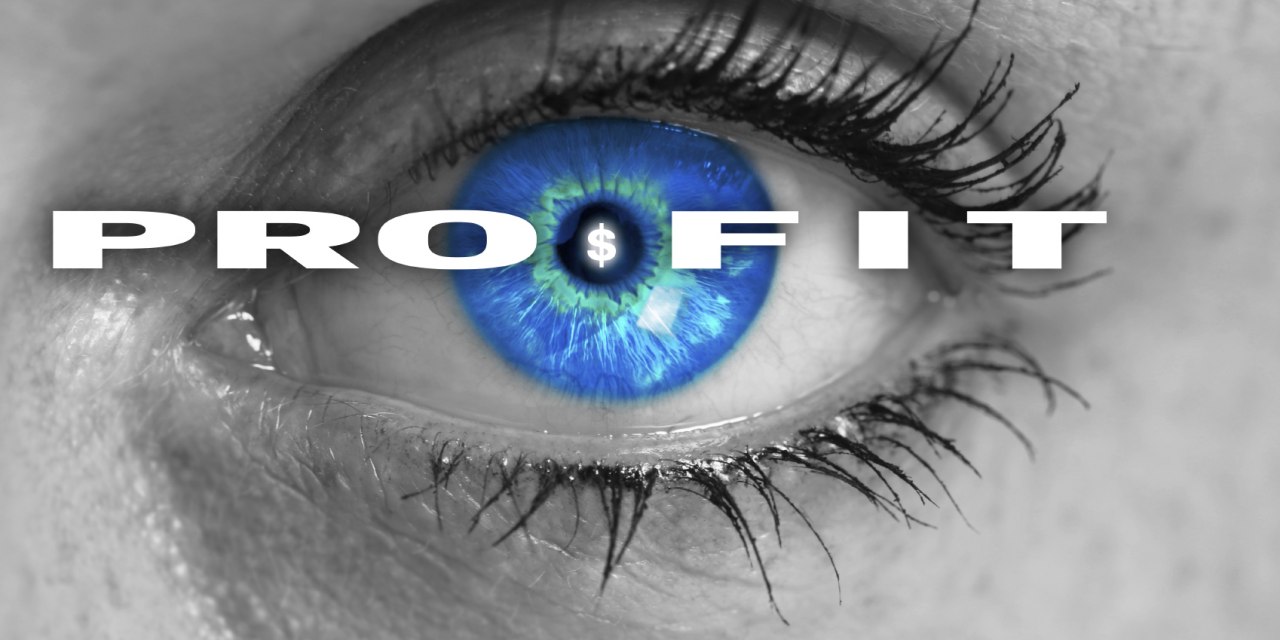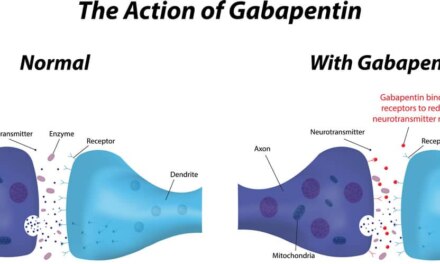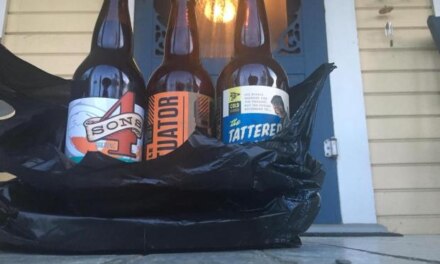Admittedly, I haven’t spent much time worrying about the financial health of the U.S. alcohol beverage industry. Based on what I’ve read about pandemic drinking patterns, folks on the ‘supply side’ have been doing just fine, thank you.
They still have their complaints, apparently. Most of the griping comes from the really big corporations that dominate the industry’s three ‘tiers’: making, distributing, and selling alcoholic beverages. They’re feeling threatened by recent moves on the part of the Executive Branch to encourage and promote a more competitive environment – one that means greater opportunities for small and midsize firms.
That’s not a trend that Big Alcohol welcomes.
I found that surprising given how much money the industry is already raking in. Here’s a handy breakdown of gross revenue, by beverage type. Please note that annual revenue has continued to climb over the past decade — even faster during the past couple years.
But I also understand that in today’s capitalism, it’s never enough. Investor-owned companies must strive to improve returns for shareholders. A family-owned firm is still required to enrich the family that owns it.
Making money – it’s why corporations exist.
It’s no mystery why smaller firms are anxious to expand their share of this lucrative business. They say the system makes that unreasonably difficult.
Take distribution, the essential middle step in bringing products to the public. Some contracts between big firms and their distributors prohibit the distributor from taking on new clients who might compete with existing firms. A definite disadvantage for the craft beer maker, the family winemaker, the custom distillery.
The Administration agrees that this sort of thing is anticompetitive. That’s bad for the consumer, who often winds up paying more. When government encounters this, they like to intervene.
Big Alcohol, understandably, argues that government intervention is completely unnecessary. The system, they maintain, functions beautifully. One industry exec describes it as “a success story that balances social responsibility with business growth.”
Well, naturally, they’re happy. They’re getting richer.
It’s reminiscent of what occurred in the tobacco and pharmaceuticals industries, and could easily happen in the emerging field of commercial cannabis. The larger, better-capitalized, better-known firms squeeze out or take over the smaller ones. It’s sometimes referred to as ‘bigfooting’ the competition.
This is not an issue I expect to have an impact on those of us who work in treatment and prevention. After all, we’re way over on the demand side of the equation. In a way, we represent that large segment of drinkers for whom the alcohol industry’s American “success story” has turned out to be more like a bad dream.
About 15-20%, the statisticians suggest, including those with AUDs and other alcohol-related problems.












